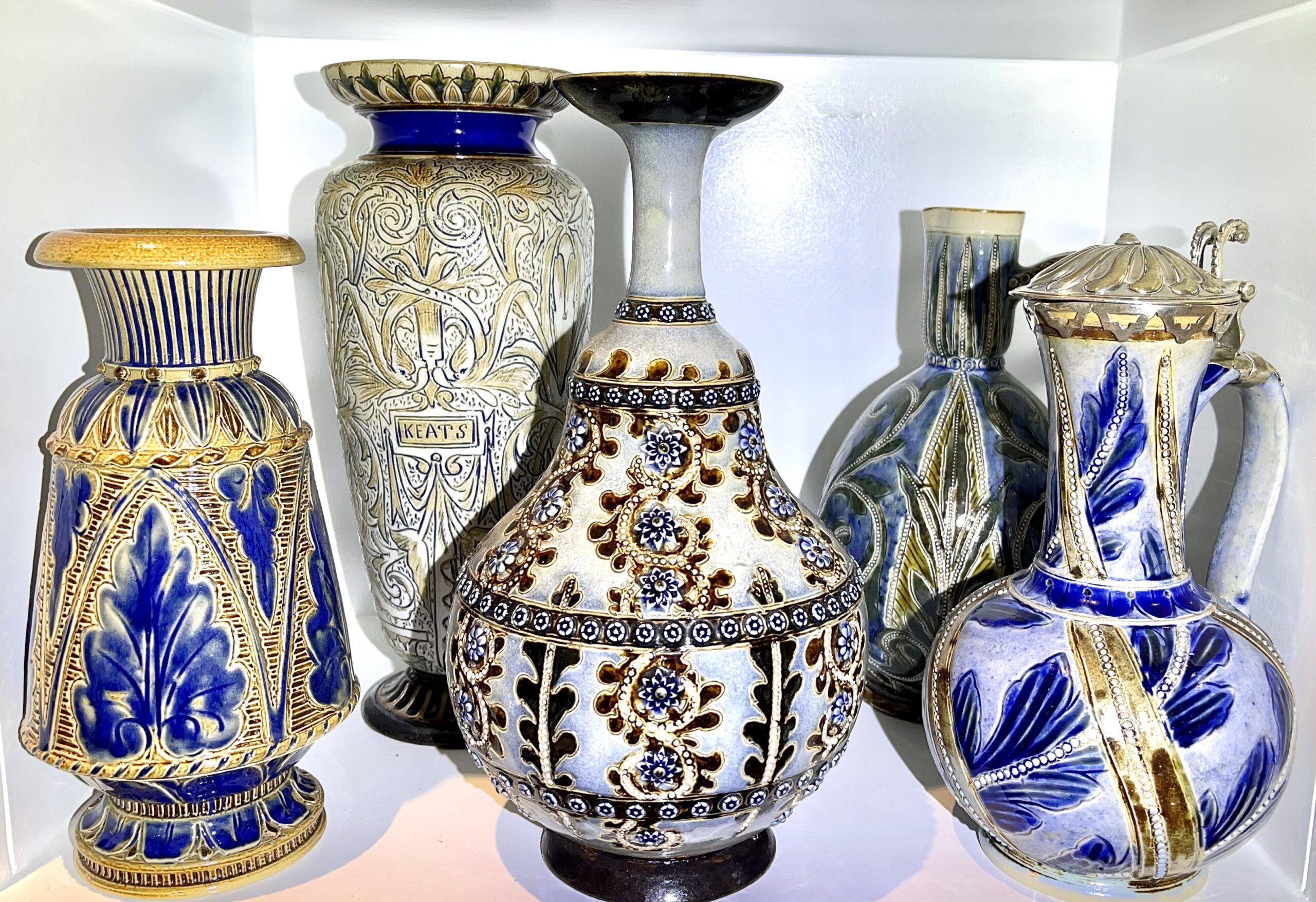
An Introduction to Collecting Early Doulton Lambeth (1870-1900)
If you’re thinking about whether collecting early Doulton Lambeth (circa 1870 to 1900) is something you might want to pursue, we hope this article helps you in that decision. There are a number of excellent art potteries about in the 1870-1930 era, so why would early Doulton Lambeth be a contender? We think there are a number of good reasons and we’ll expand on that below. Firstly, we should cover the back story and then we’ll get into the specifics on the pottery itself.
Background to Doulton Lambeth

There is a rich backstory to Doulton Lambeth, much of which can be read and absorbed in the book titled “The Doulton Lambeth Wares“ by Desmond Eyles and Louise Irvine. For the sake of brevity, we are giving a much condensed version here, which you can expand on if you choose to acquire the book.
Doulton’s success did not originate from art pottery…far from it. Doulton was busy in the early to mid 1800s with far more practical products, developing ceramic pipes, sanitary products and industrial crucibles. There were a few spirit barrels, jugs, jars and flasks in cream and brown colours made from the 1830s onwards, but Doulton did not have art studios and artists as such. Under the name Doulton & Watts, the business was a success and went from strength to strength under the leadership of John Doulton.
His son, Henry Doulton (1820-1897) took over leadership of the business and was both innovative and inventive. He loved ceramics and wanted to be a potter, so before becoming a business leader he went through all the steps of becoming a pottery maker in his own right, starting as an apprentice.
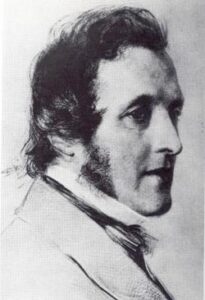
Henry Doulton
As the business continued to grow, Henry Doulton happened to meet and have several conversations with a key figure in art education in Lambeth, and indeed the country. This was John Sparkes, Head Teacher at the Lambeth School of Art. John Sparkes’ passion for the idea of the art school collaborating with Doulton to produce art pottery wares was initially met with reluctance, not because the idea per se was unappealing, but rather Henry Doulton’s own attempts with some wares over the years and his keenness to keep focussed on core industrial goals, meant he saw it as a likely distraction. Nonetheless, Sparkes persisted and eventually convinced Henry Doulton to take on a student, George Tinworth, as the first Doulton artist. This occurred at the end of 1866.
After some challenge finding his place in the company, Tinworth started to produce some excellent art pieces and slowly but surely this drew Henry Doulton deeper and deeper into a desire to raise the company’s stakes in art pottery. A studio followed together with more artists, many of whom have become famous in their own right. Because Henry Doulton had the resources through his successful company at the time, he was able to invest in excellent infrastructure (e.g. kilns) but also scientific know-how to ensure his art pottery stoneware was very fine quality and that his artists had the means to employ a wide range of colours which is far more challenging to accomplish than one might think.
Collecting early Doulton Lambeth
If you decide to collect early Doulton Lambeth, a whole world of interesting variety will be opened up to you. Please don’t be daunted by this, its fun, not necessarily complex and its also an opportunity! By the mid 1880s, Doulton employed several hundred artists and assistants at their studios, so whilst you will come to observe there is a common
About the author : nickgt1
One Comment
Comments are closed.
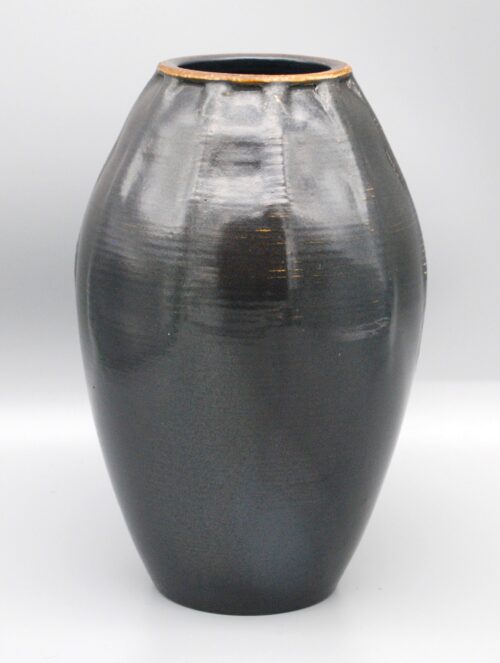
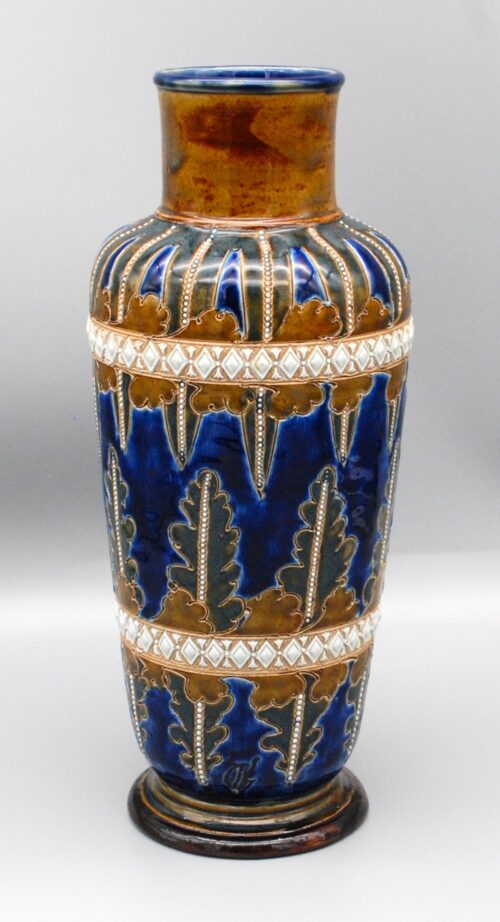

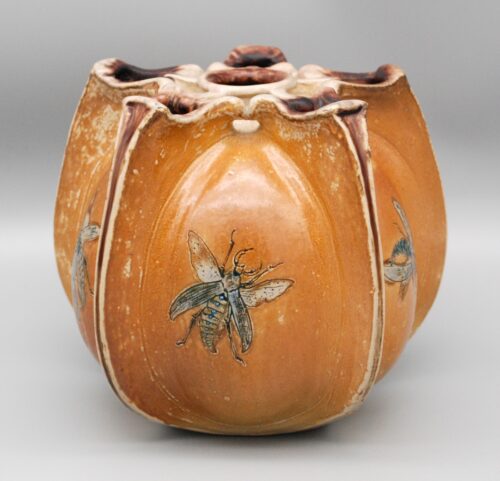
Hi, this is a comment.
To get started with moderating, editing, and deleting comments, please visit the Comments screen in the dashboard.
Commenter avatars come from Gravatar.